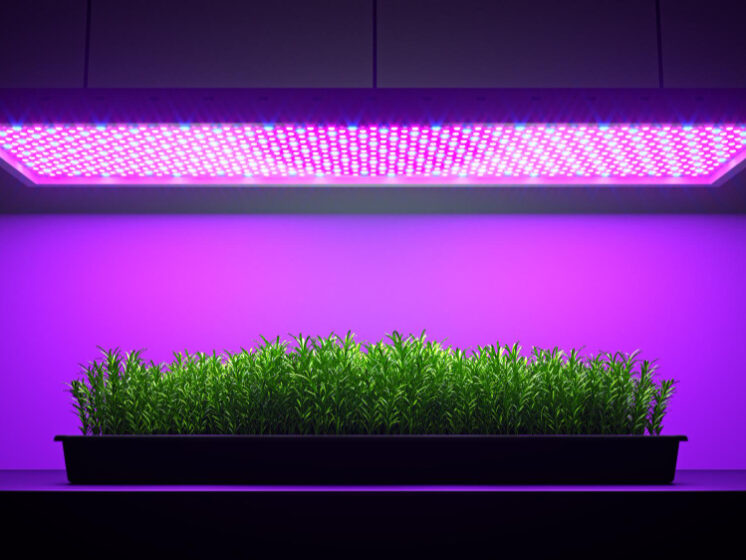Types of Light For Plants

The types of light for plants can be categorized according to the wavelengths they emit. Red light has the longest wavelengths and travels farthest. This type of light is visible when sunlight is fading quickly. Infrared light, on the other hand, is longer-lasting and hangs around longer. Far-red light has the most effects on plants, especially when it is available early in the morning.
Infrared light
Plants are sensitive to temperature, and the addition of infrared light can mimic the outdoor climate. But too much of the light is harmful for plants. The heat it produces will damage the plants and stunt their growth. In addition, too much infrared can kill them and cause discoloration.
The best source of it for plants is the sun. The light from the sun has two main functions. It suppresses photosynthesis, and it also damages crops. In plastic greenhouses, it can damage crops, but it improves the colour of ornamental plants and increases resistance to diseases.
It’s part of the electromagnetic spectrum, and it lies between visible light and microwaves. Its waves are more likely to be felt as heat than light, so it’s important to provide adequate amounts for plant growth. Some plants may grow fine under fluorescent lights, but they won’t bloom unless they receive adequate amounts of infrared light. Fortunately, infrared lights and special horticultural lights are available for indoor plants. https://migrolight.com/
Blue light
Certain light spectrums promote specific growth characteristics in plants, including leaf growth, flowering, and fruit production. The amount of light needed for each phase differs for different crop types, but controlling the spectrum has a dramatic effect on plant development. This effect is part of a complex cycle. Light intensity and environment also play important roles.
The blue spectrum is crucial during the vegetative stage, where the plant needs more energy. It also promotes root development and makes young plants strong and stocky. However, when it comes to the flowering stage, red light is most beneficial because it stimulates flower ripening and encourages more blooming. Therefore, when using plant grow lights, it is important to mix the two spectrums to maximize yield.
Although blue light does not have the same effect as red light, it is still an important component of a plant’s growth. It encourages chlorophyll production, which is necessary for a healthy plant. Additionally, it promotes stomatal openings, which allow more CO2 to enter the leaf. Additionally, blue light promotes strong roots.
UV light
There are some advantages of UV light for plants, but overexposure can have some negative effects. Overexposure can cause bleaching, a process that damages plant cells and reduces their ability to absorb light. Overexposure can also stunt the growth of a plant. This can negatively affect the quality of the harvest.
One of the benefits of it for plants is increased resin production. The resin helps plants make more flavonoids and terpenes, which are important components of the plant’s flavor and aroma. UV light also helps plants protect themselves from excessive water loss, pests, and infection. This makes it important for growers to provide their plants with adequate amounts of UV light to protect their crops.
Another benefit of UV light for plants is that it helps in the production of vitamin D. Vitamin D is important for healthy plants as it regulates calcium levels and helps plants form stomata. Without Vitamin D, a plant will not be able to grow properly. Although UV light is not harmful for humans, it can cause damage to eyes and skin. Therefore, it is advisable to wear protective clothing when exposing plants to UV light.
Low light
If you live in an area with low light levels, you might want to consider a low-light plant. This type of plant thrives in areas without windows. These areas are generally north-facing. Dining tables in the middle of rooms may also be a good place to grow this type of plant. In some cases, a low-light plant may not need much light in order to survive.
Low light means that no direct sunlight will reach the plant. This means that the plant will have less energy and food to grow. While some plants can thrive in such a situation, others won’t do well. This is because the position of the sun can vary depending on the time of day and season. Because of this, it’s important to rotate the position of your plants throughout the year to get the best light.
Palm trees do well in low-light areas. Their broad leaves can provide a welcome touch to a room without much natural light. Bamboo palm trees are another low-light plant. They have green stalks and grow to between four and 12 feet. Although they don’t require much light, they still need to be given plenty of water.